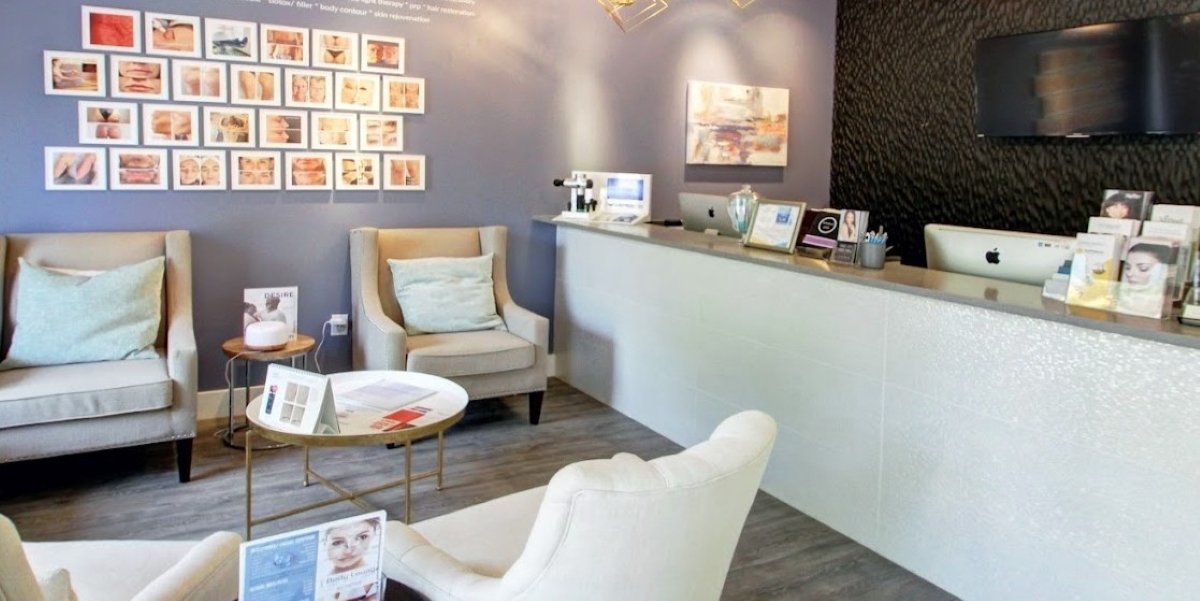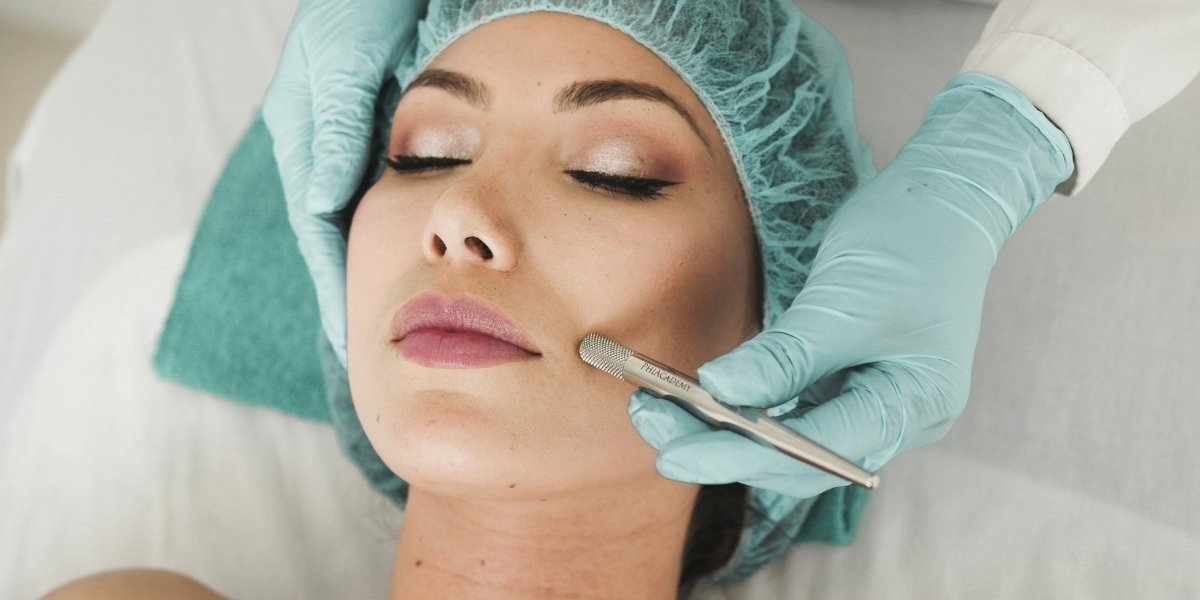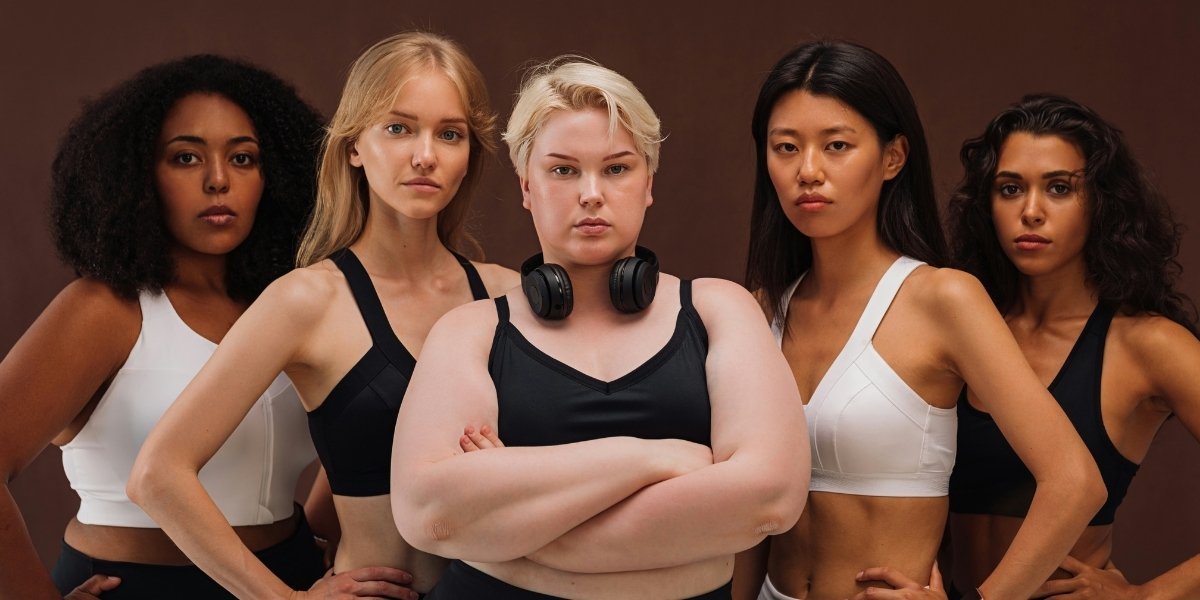The Science of Spaces: Psychology, Design, & Sustainability Shape the World
By: Maria Williams
The spaces we occupy influence us in ways we may not always recognize. They can affect our behaviors, mindsets, and even the way we connect with others. However, much of today’s design overlooks the profound human impact of space. With this in mind, What If LAB approaches each project not just as a design challenge but as an opportunity to ask deeper questions. This isn’t your typical interior design firm. It’s a design consultancy that often leads with creative direction, guiding the vision behind transformative spaces even before a single idea is sketched. Often, this involves focused consulting, offering concepts and strategies, and providing clarity where it’s needed.
What If LAB, founded by Adelia Schleusz, is working to shift that norm by blending psychology, creative foresight, and sustainability to craft strategies that support both human well-being and meaningful experiences. More than just an interior design practice, What If LAB operates as a design consultancy, steering projects with intention, creative depth, and a focus on emotional impact. From immersive branded environments to regenerative lifestyle concepts, the studio offers not just design but holistic ideas and direction.
Sometimes that means crafting the physical space; other times, it involves consulting on the creative vision behind a complex design challenge—each one aiming to explore the “what if.” Through this, What If LAB helps clients reimagine what’s possible, creating experiences that aim to embody beauty and function, while being deeply aligned with the people and purposes they serve.
At the heart of What If LAB lies a vision: imagination fuels systems thinking, and design bridges the gap between how we live and how we feel. Their approach emphasizes a deeper meaning to beauty and aesthetics; it’s about crafting spaces and experiences that inspire, engage, and sustain.
Unlocking the Hidden Science of Design
The science behind impactful spaces is as intricate as it is fascinating. Research in neuro-aesthetics suggests that environments can directly affect brain function, shaping our moods, productivity, and social behaviors. Thoughtfully designed spaces have the potential to reduce stress, spark creativity, and foster a sense of belonging.
What If LAB uses behavioral psychology to inform design decisions that encourage positive interaction. Every detail matters, from how natural light filters through a room, potentially guiding us through our circadian rhythm, to how biophilic strategies may engage our senses through texture, pattern, and sound. This science-driven approach ensures that their designs are not only captivating; they aim to work in harmony with human behavior.
Sustainability is another core element of What If LAB’s work. For them, sustainable design is a holistic approach, forming an integral part of the creative process. By incorporating ecological principles and material science into every design decision, they strive to create solutions that are responsive to both human and planetary needs.
A Design Approach That Thinks Bigger
What sets What If LAB apart is its ability to approach complex ideas with a transdisciplinary mindset. Their design process begins with macro ideation and scenario planning, exploring expansive possibilities through creative foresight and careful listening to fully understand the design challenge. Next, they focus on tailoring key opportunities that align with both the team’s and client’s vision and goals.
This flexible and collaborative methodology allows What If LAB to take on ideas and projects that demand unique solutions. Whether consulting for large-scale regenerative or even speculative design projects or offering fresh insights to established companies or products, their approach is grounded in curiosity and problem-solving.
Through their work, What If LAB continues to challenge traditional boundaries and redefine what is possible.
Designing a Sustainable Future—Today
Design is inherently future-focused. The way we solve and design today is closely connected to the planet’s future. For What If LAB, sustainability is not just a trend but a commitment embedded in their design DNA. They believe that every material, space, and strategy has the potential to be regenerative, improving the well-being of its occupants while minimizing environmental impact.
In terms of human psychology and sustainability, What If LAB creates functional and forward-thinking environments and strategies. This perspective influences how urban landscapes evolve, businesses innovate, and communities thrive. Their vision extends beyond the present, imagining a world where design can be a catalyst for positive, lasting change.
Partnering with What If LAB to Shape Tomorrow
What happens when an idea leads not just to innovative solutions but to entirely new ways of thinking? That’s the space in which this design consultancy thrives: creative, human-centered direction that keeps both you and your emotions in mind. Can you imagine walking into a space or place that evokes a positive emotional response, where every detail is thoughtfully curated to support your well-being and spark your imagination?
Imagination is the engine for transformation. This is the vision driving What If LAB. Their expertise in merging psychology, design, and sustainability offers a fresh perspective for organizations and teams looking to partner in finding solutions that matter.
“Partnering with What If LAB isn’t just about collaboration—it’s an opportunity to rethink how environments and design choices can positively impact both people and the planet. Whether shaping bold new developments, revitalizing existing spaces, or tackling complex design challenges, this perspective encourages creative collaboration and sparks exciting innovation.”
The future of how we experience and engage with our surrounding environment is already unfolding. What If LAB invites you to be part of the movement that’s helping to shape what comes next.
Published by Joseph T.













